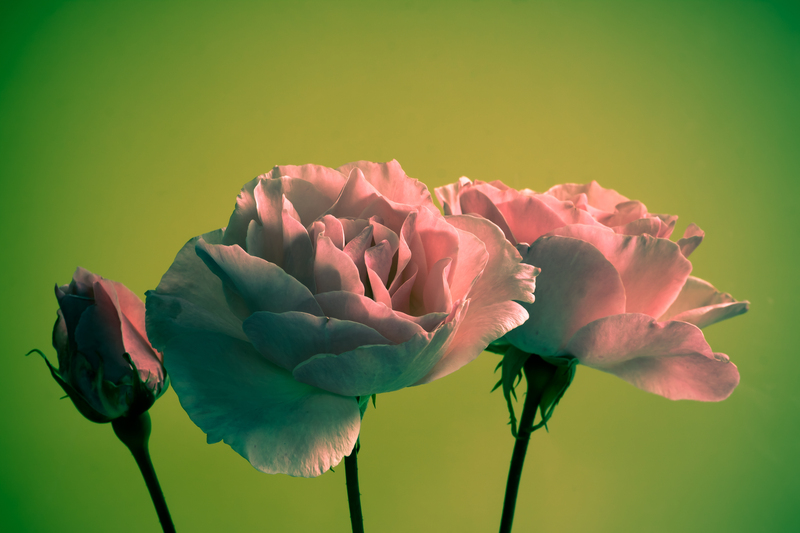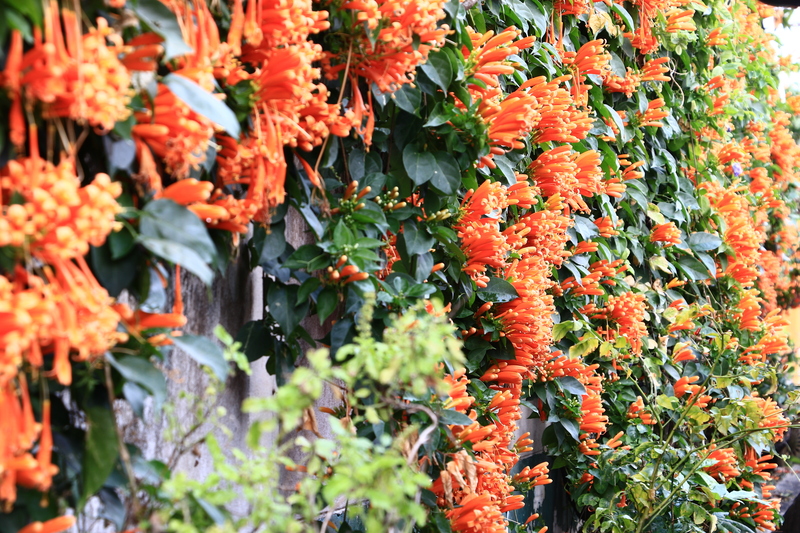Causes of Yellow Areas in Your Home Lawn
Posted on 24/01/2025
A lush, green lawn is often the pride of homeowners, but yellow patches can be a significant eyesore. Understanding the causes behind these yellow areas is essential for maintaining a healthy lawn. In this article, we delve into the common reasons your previously vibrant grass may be exhibiting yellow spots.
1. Improper Watering Practices
Both overwatering and underwatering can cause yellow patches on your lawn. Excess water can suffocate the grass roots, while too little water can lead to dehydration.

2. Soil Compaction
Heavy foot traffic can compact the soil, limiting water and nutrient absorption. As a result, the grass may turn yellow in high-traffic areas.
3. Nutrient Deficiency
A common cause of yellow areas is a lack of essential nutrients like nitrogen, iron, or potassium. These elements are crucial for the health and color of your grass.
4. Pest Infestation
Pests such as grubs and nematodes can damage the root system, leading to yellow and dying patches of grass. Regularly inspect your lawn for signs of insect activity.
5. Disease and Fungal Infections
Several lawn diseases, including rust and powdery mildew, can cause yellow spots. Proper lawn care practices can help prevent these conditions.
6. Pet Damage
Dog urine can cause yellow spots due to high nitrogen concentration. Training pets to use a designated area can help alleviate this issue.
7. Chemical Burns
Improper use of fertilizers, herbicides, or pesticides can cause chemical burns, leading to yellow patches. Follow the manufacturer's guidelines strictly.
8. Sunlight and Shade Issues
Areas with too much shade or too much direct sunlight can also develop yellow areas. Choosing the right type of grass for your lawn conditions is crucial.
9. Thatch Buildup
A thick thatch layer can prevent water and nutrients from reaching the soil, leading to yellowing grass. Regular dethatching can prevent this buildup.
10. Mowing Practices
Cutting your grass too short can stress it, making it more susceptible to yellowing. Mow in the cooler parts of the day and always use a sharp blade.
Tips for a Healthier Lawn
- Water your lawn deeply but infrequently.
- Aerate your soil once a year to prevent compaction.
- Test your soil and apply the necessary fertilizers.
- Remove thatch regularly using dethatching equipment.
- Inspect your lawn regularly for pests and diseases.
- Train pets to relieve themselves in one designated area.
- Adopt proper mowing techniques, including sharp blades and appropriate height.
Pros and Cons
Pros
- Awell-maintained lawn increases the aesthetic and market value of your home.
- Healthy grass provides better erosion control and improves soil quality.
- Lawn care can offer fulfilling outdoor activity and exercise.
Cons
- Lawn maintenance can be time-consuming and labor-intensive.
- Improper care can lead to added costs from pest control or lawn rehabilitation.
- Excess use of chemicals can harm the environment and local wildlife.

Takeaways
- Identifying the root cause of yellow areas in your lawn is the first step to recovery.
- Proper watering, mowing, and fertilizing practices are essential for a healthy lawn.
- Regular inspections can help catch issues early and prevent extensive damage.
- Environmental factors like sunlight and soil type should guide your lawn care approach.
Conclusion
Maintaining a vibrant and healthy lawn requires a bit of effort and understanding of potential issues. By recognizing and addressing the causes of yellow areas, you'll be well on your way to enjoying a lush, green lawn year-round. Follow these tips and best practices to ensure your lawn remains a source of pride and enjoyment for years to come.





 Certified and experienced landscapers
Certified and experienced landscapers




 Get a Quote
Get a Quote